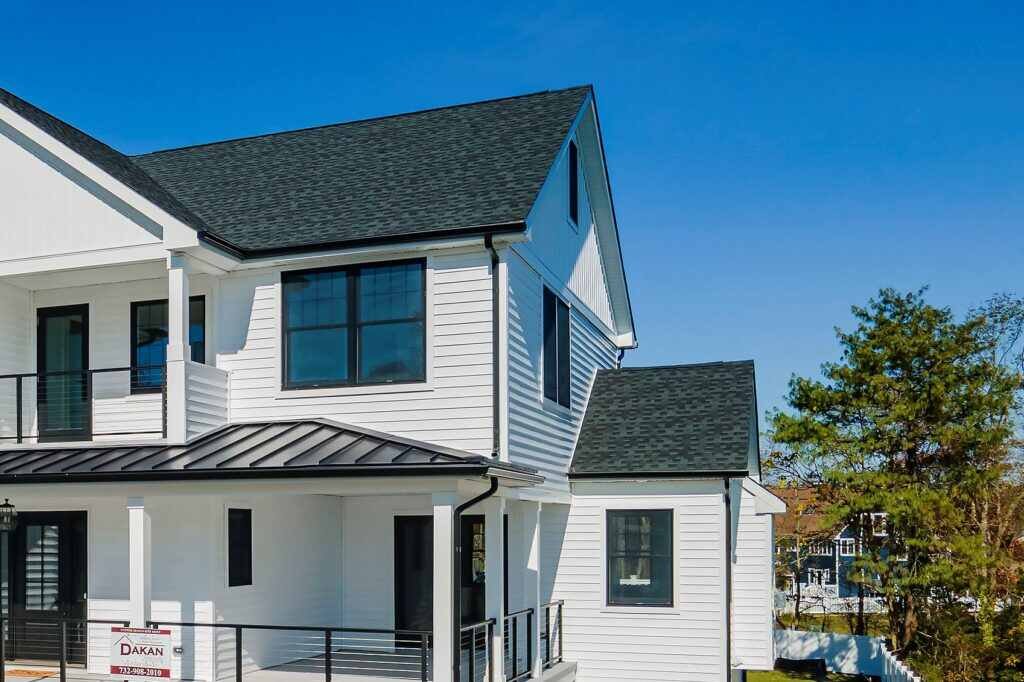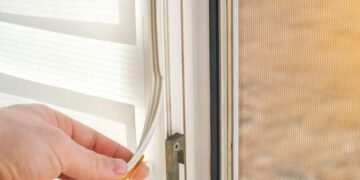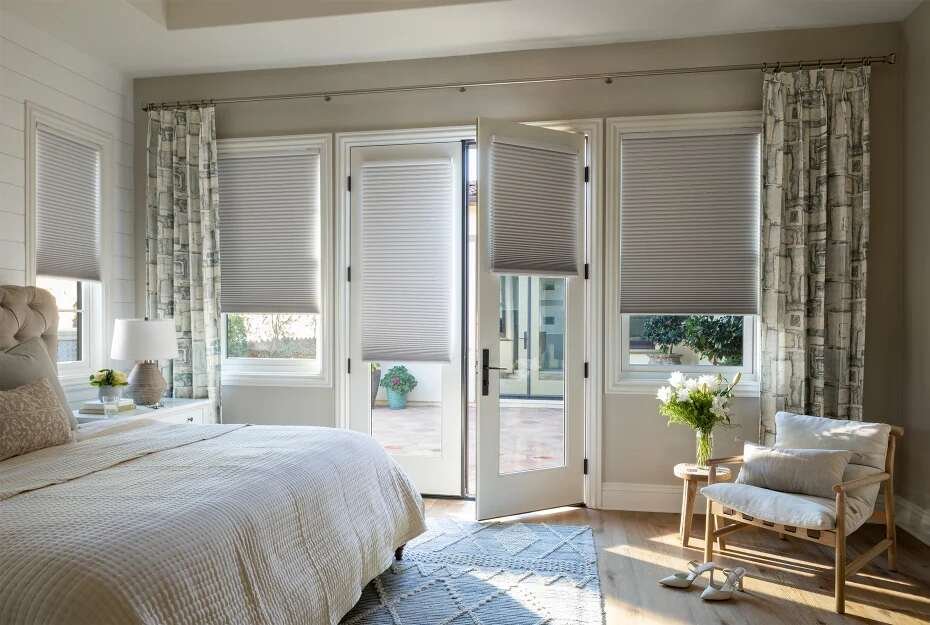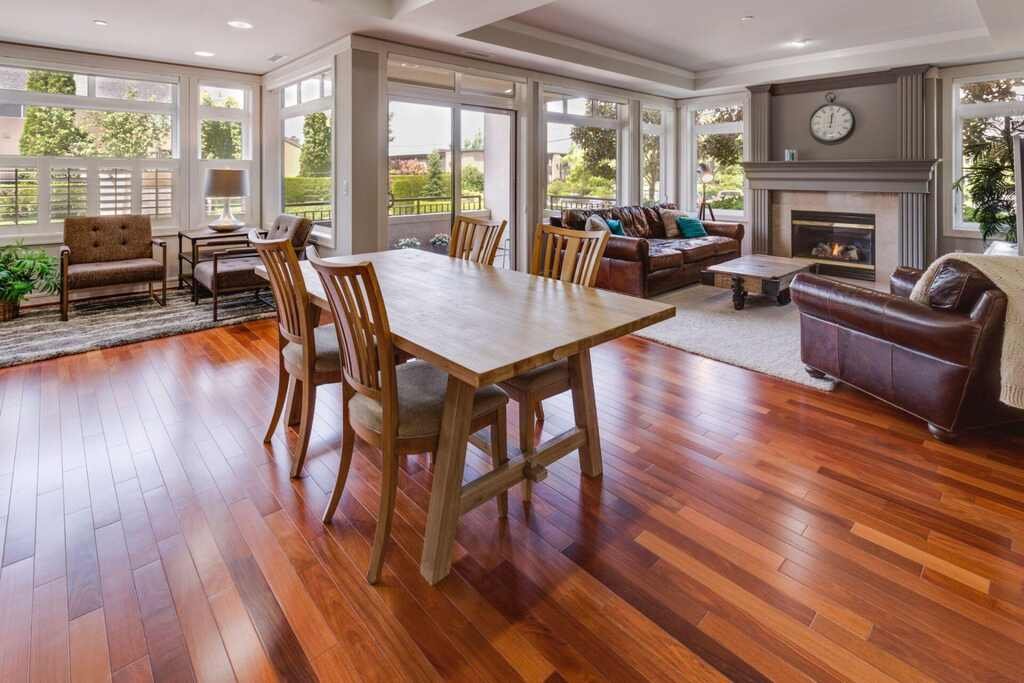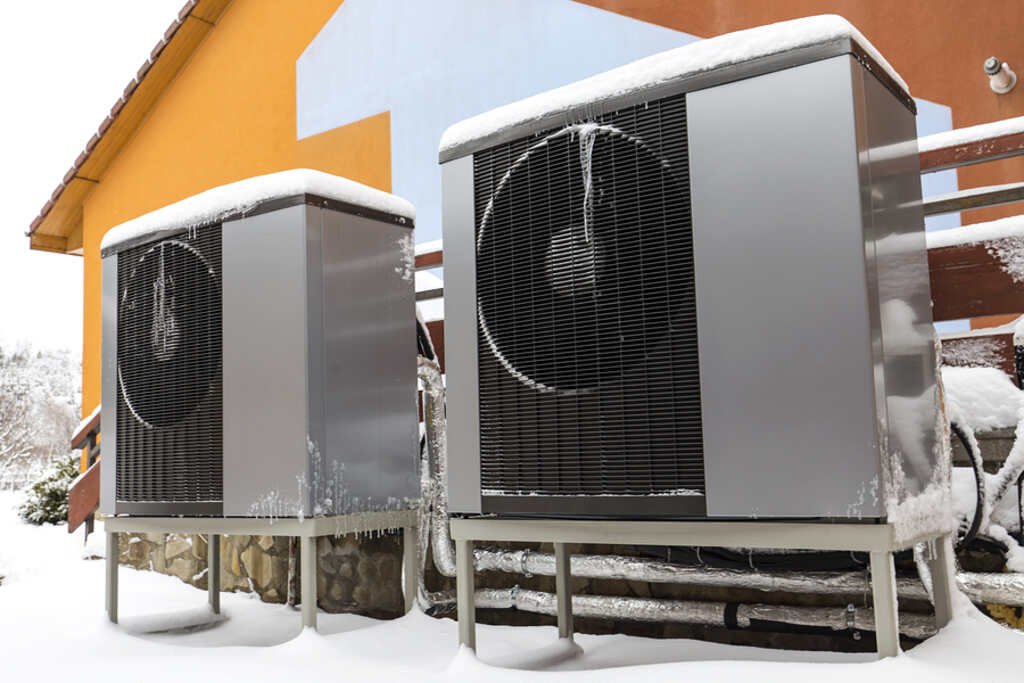One of the most common home repair projects is replacing windows. When purchasing, there are a lot of things to take into account, including the placement, style, and material of each window. Your upfront costs are impacted by each of these elements.
A window’s function is more important than its appearance. Durability, energy efficiency, glass type, frame materials, warranty options, and other factors need to be taken into account. It is difficult to compare window brands closely because there is so much information to keep track of.
When looking for double glazing, it can be difficult to know what to choose from the bewildering variety of different windows and doors, materials, and treatments. We are here to help, though, from types of windows to choosing a replacement window company. We’re here to help you with the process of replacing your windows.
8 Types of Windows You Can Explore
Let’s start by taking a look at the different types of windows. Knowing what kind of windows you are dealing with is an important starting point for understanding how to replace them.
1. Double-glazed Casement Windows
Casement windows are joined to the frame by one or more hinges and normally open to the side. They can instead be hinged at the top or bottom, making them ’tilt and turn’ windows – learn more about them below.
They normally open inwards, which makes them easier to clean. Casement stays, which are little metal bars that open and close in a scissor action, keep them open.
Casement windows are commonly made of uPVC, but they can also be made of wood or aluminum – read on below for more information on window materials. Many businesses also provide various color selections.
2. Double-glazed Sash Windows
Sash windows are normally opened by raising or lowering a pane and its frame. You have the option of:
· Single-hung windows move only one pane, often the bottom, while the other remains static.
· Double-hung windows move both panes, one up and one down.
Tilt-and-turn versions are also available. They, like casement windows, are available in a variety of materials and finishes.
They are an excellent technique to give a historical property a more conventional or authentic vibe. Old sash windows are notorious for being inefficient in terms of energy efficiency. Modern designs, on the other hand, use the same double-glazing technology as other windows.
3. Bay Windows
Bay windows protrude from the side of a house, either as a curved bay that provides extra floor space or as a protruding window bay with a deep sill.
They often contain three or more windows and can be of any style, material, or finish. They give room to a home as well as being a terrific decorative component. The two side windows let in additional light and provide panoramic vistas.
4. Tilt and Turn Windows
Casement windows can also be equipped with a tilt-and-turn hinge, allowing them to be tilted open. Different designs allow for varying degrees of window opening. They usually open slightly and can be left ajar, although some can tilt up to 90 degrees.
Some have notched catches to keep them open at various points, as shown in the image below. They are a safe way to get some fresh air into your home because they may be partially opened. However, certain non-tilt and turn windows can be locked in a nearly closed position for further security.
Dual-turn windows, in which two windows sit one on top of the other, and both tilt open, are also available. Some double-glazed doors also have the capacity to tilt.
5. Materials for Windows
Now we have covered the design options, the next thing to explore is the world of materials. There are many different materials that can be used for windows and frames, and each has its own advantages and disadvantages.
6. Double-glazed UPVC Windows
uPVC (unplasticized polyvinyl chloride) is the most prevalent form of window frame for double-glazed windows. It is not only up to three times less expensive than traditional wooden frames, but it is also recyclable, long-lasting, and the most energy-efficient type of frame.
uPVC window and door frames come in a range of colors and finishes, including wood, though white is the most prevalent. uPVC is very simple to clean, requiring only a wipe down with a soft cloth and a spot of dish soap every now and then.
7. Timber and Wooden Window Frames
Because it is inherently renewable, timber is a greener material than uPVC. Many individuals believe that wooden windows are more attractive and subtle than uPVC windows, especially in classic or period-style homes.
While timber windows are more expensive and require upkeep, if properly cared for, they may last a very long time.
8. Aluminum Double-glazed Windows
Because aluminum is a very sturdy material, its windows are long-lasting and low-maintenance. It is also smaller and lighter than other materials, giving it a clean, modern appearance.
Although many people assume that aluminum windows are grey or metal in color, numerous manufacturers provide a wide range of alternatives.
Where to Find a Local Window Installer?
The majority of homeowners (46%) chose to employ a local contractor because they were afraid of making a mistake, wanted to safeguard their windows with a guarantee, or just do not want to deal with the trouble of installing windows themselves.
Many businesses provide expert window installation. Looking for installers who are qualified for the specific window brand you desire is one method to narrow down your possibilities. You should also find out which firms serve your area.
FAQs
Should I splash out on triple-glazed windows?
Because triple-glazed windows feature a third pane of glass, they should keep your home warmer and quieter than double-glazed windows. Some businesses additionally utilize various types of gas between the panes to reduce heat loss and Low-E glass to reflect sunshine inside.
Triple glazing is, predictably, more expensive than double glazing. If you truly want it, but the expense for your entire house is prohibitively expensive, consider triple glazing only the rooms that get the coldest or suffer the most from outside noise.
What is secondary glazing?
Fitting a second layer of glass within your existing windows is what secondary glazing entails. Although it is not as effective as complete double glazing, it may still save you money on your heating expenses – and it is far less expensive to install.
It might also be a useful option for properties that cannot have double glazing, such as those in historic districts.
Conclusion
You can choose any type of the window to replace according to your need and theme of your home design. However, you must go for one time investment for long time.
Recommended Posts:

